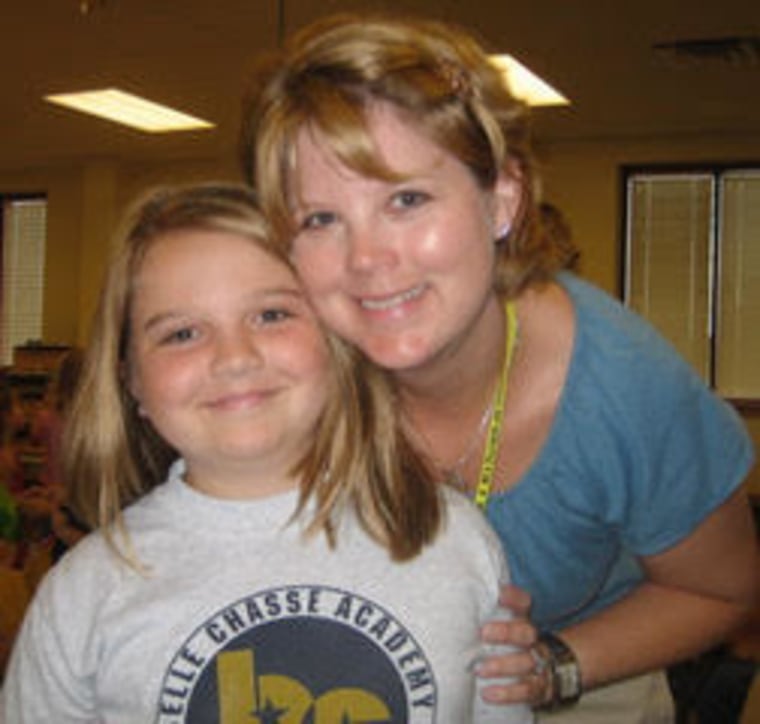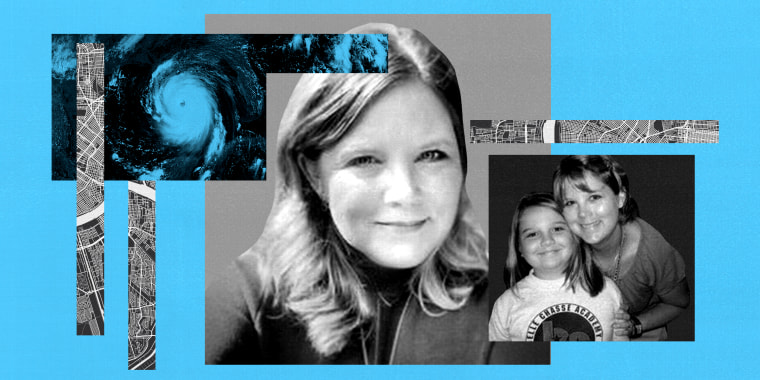When I think about teachers and students returning to their classrooms this fall, I think about my experience as a teacher in New Orleans after hurricane Katrina.
I taught at a charter school on a military base, and as parts of New Orleans regained electricity and access to water, we were among the first schools to open our doors. I remember being in the gym learning which teachers returned, and wondering where the others were.

When I left my room before Katrina, our homeroom had 29 middle school students. When I returned in October, there were six. Our room had messages of thanks from the National Guard members who borrowed our snacks and slept under our desks. The room was dusty. The class fish was dead.
While we were all scared, we were in the experience together — and that was at least a great place to start. I might have been teaching Spanish, but my only real job was to provide space for my students to heal.
In this year of collective trauma, we should recognize the very real toll the pandemic disaster has caused and consider how this should alter the coming year. We must pay close attention to the trauma our youngest generation experiences during a disaster, and find ways to build trauma-informed practices into our schools.
The emergency evacuations during Katrina, immediate displacements from home, subsequent aftermath and eventual re-build remind me of our current moment — a worldwide shutdown, displacement from normalcy, severe health and mental health concerns and again, finally, an eventual re-build.
For those of us already suffering from mental health challenges, finding balance during the pandemic was an immense struggle. Some of us had the privilege of rearranging our homes for remote work and virtual school. Others lost jobs. Many had family members move in. Others found themselves alone for months or mourning the loss of loved ones. And on top of all this, for those who experience life in Black and brown skin, the trauma was (and is) even more significant.
We call it “survival mode” for a reason, but we were not built for such long periods of sustained, toxic stress.
Together, we all experienced cycles of immediate shock and residual uncertainty, over and over again. Throughout the pandemic, our children watched and absorbed this pain, uncertainty, anxiety and sadness.
Our bodies are built to prime us for survival. Adrenaline and immediate action are natural during a disaster. We call it “survival mode” for a reason, but we were not built for such long periods of sustained, toxic stress. And children, whose brains grow and change at a rapid pace, are particularly vulnerable to sustained stress, and they can experience long-lasting developmental and mental health consequences as a result.
To safely bring our children out of our current disaster, we need communities that value kindness, create connections and build resiliency. We must emphasize the importance of mental health at school and create programs for summer, fall and beyond, focusing on trauma-informed practices.
Brains suffering from trauma are not primed to learn, so building brain breaks into each day — like practicing calm breathing — will be important.
Each day needs a healthy routine, and students will need warning before changes to the routine. Brains suffering from trauma are not primed to learn, so building brain breaks into each day — like regularly stepping away from desks, or practicing calm breathing — will be important in creating mental space for learning.
Reading and writing are keys to healing, so we should carefully select stories that provide opportunities to learn from others who suffer trauma. We need to ensure all learners see themselves in stories and provide opportunities for children to write and talk about the events they have witnessed.
Most importantly, administrators and teachers need local governments to provide funding for training on trauma-informed practices so educators can recognize when children may be suffering and practice how to best respond. Local governments and districts must place mental health as a top priority as they determine their budgeting, staffing, scheduling and assessment plans.
After Katrina, new students arrived each Monday, and our class slowly grew. We welcomed new classmates, listened to each other’s experiences and learned how to thrive with resilience, grace, humor and love. I struggle with anxiety and depression, a long-term companion on my own journey. The reality of the moment was that I needed resilience, grace, humor and love too. The reality of today’s moment is that we will all need it — especially our students.
Related video:

